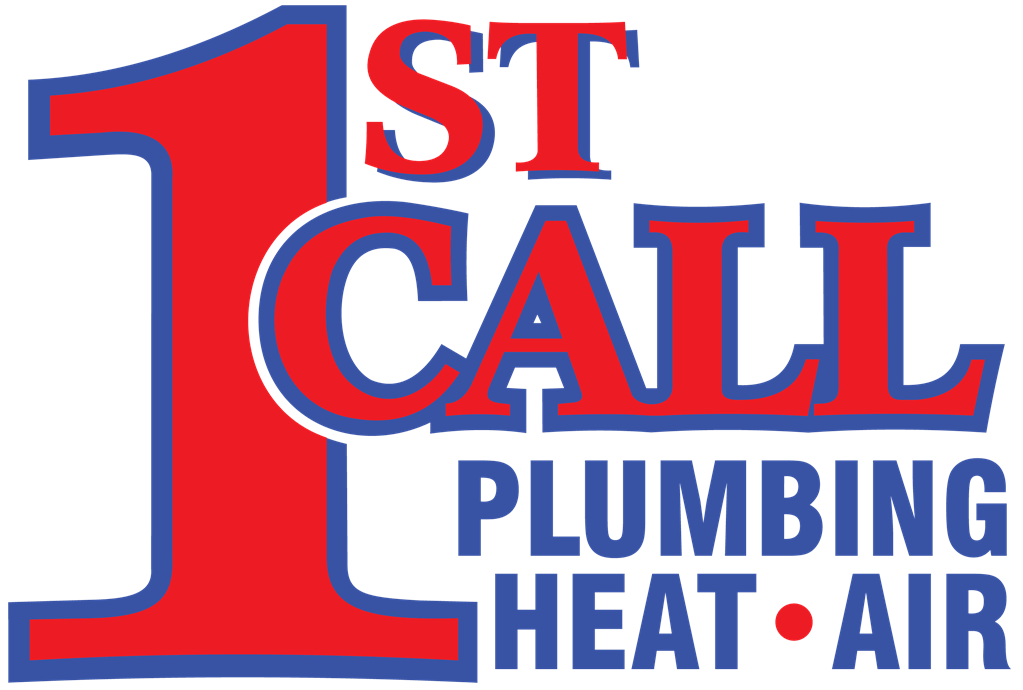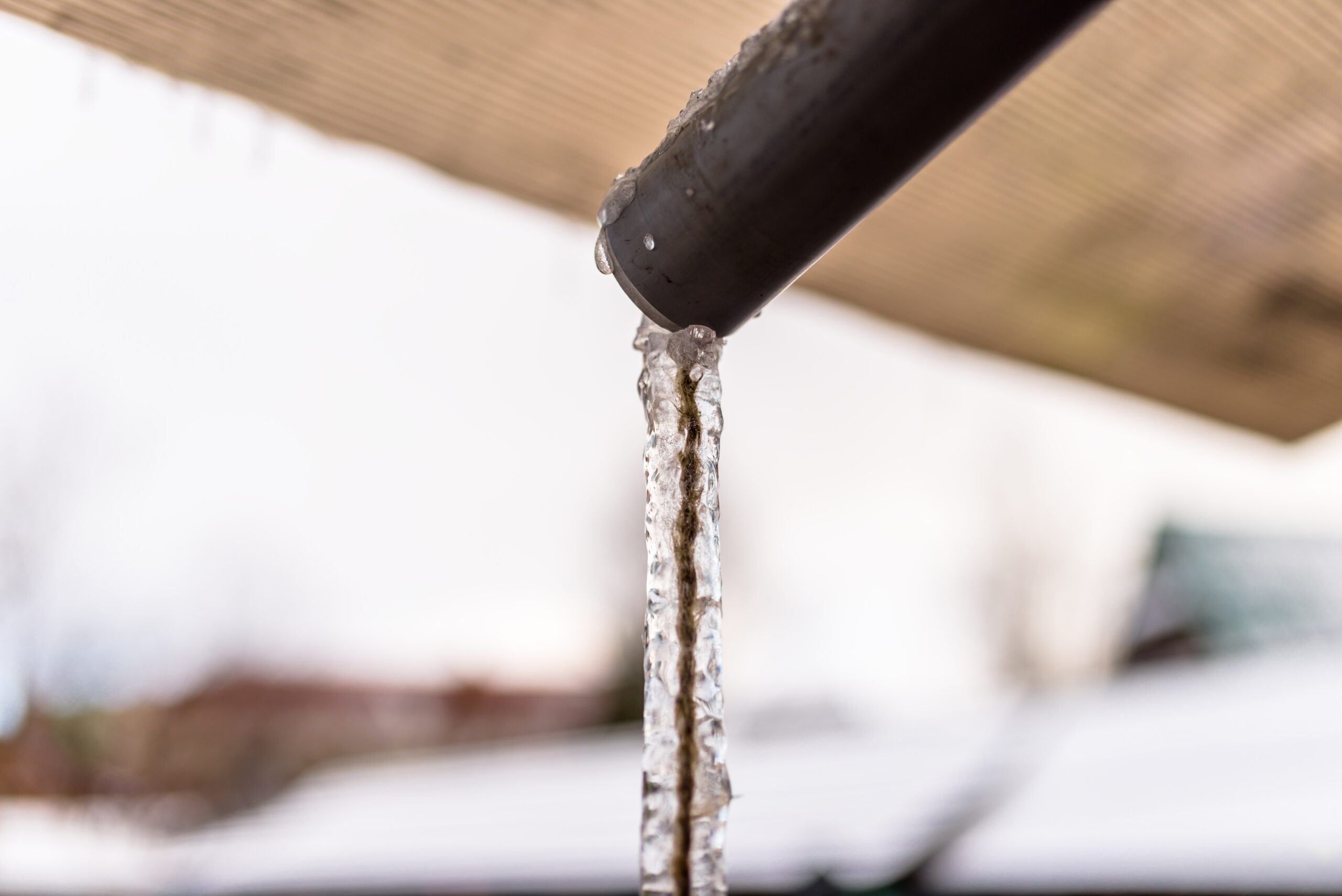When Old Man Winter gets ready to settle in, it’s important to prepare your home for the potential challenges of colder temperatures. One common issue homeowners often face during winter is the menace of frozen pipes. To help you prepare to face this potential challenge, we’ll delve into some practical tips on preventing frozen pipes and safeguarding your home from the inconvenience of dealing with a frozen pipe burst or the need for a costly repair.
- Insulate, Insulate, Insulate Before any problems start to arise, you need to make sure you have proper insulation. Ensuring adequate insulation in areas likely to freeze – like basement, attic, and crawl space – can significantly lower the risk of your pipes succumbing to the winter chill. Consider wrapping heat tape around your pipes or use insulation sleeves to add an extra layer of protection to avoid a frozen pipe burst.
- Seal the Cracks In the battle against freezing temperatures, a well-sealed home is your first line of defense. Look carefully at your home for any visible gaps that could let the cold air sneak through. Utilize caulk or weather-stripping to seal these openings and keep the warm air inside. This helps prevent frozen pipes and saves money on heating bills because of greater energy efficiency.
- Let the Faucet Drip Letting water drip to prevent frozen pipes is an age-old trick that holds its ground. When temperatures plummet, allowing a small amount of water to move through the faucets can help keep the water in your pipes from freezing. This constant flow disrupts the stagnation that can lead to freezing and ensures a steady water supply, reducing the risk of a frozen pipe burst.
- Maintain a Consistent Temperature Regulate your home’s temperature, even when you’re away. Set your thermostat to a temperature that ensures a warm environment, particularly in areas where pipes are exposed. While it might seem tempting to lower the thermostat to save on energy costs, the potential damage caused by a frozen pipe burst can far outweigh the short-term savings.
- Open Cabinet Doors In areas where plumbing is located against exterior walls, such as under sinks, consider opening the cabinet doors to let warm air circulate the pipes. This simple step is especially effective in kitchens and bathrooms, where cabinets often house pipes that are susceptible to freezing.
- Should I Turn Off Water if Pipes Are Frozen? If you suspect that your pipes are frozen, a common question arises: Should I turn off water if pipes are frozen? In such a scenario, it’s crucial to act swiftly. Turning off the water supply to the affected area can help minimize the potential damage caused by a frozen pipe burst. Start by finding your home’s main water shut-off valve and, if necessary, shut off the water until you can thaw the frozen pipes or seek professional assistance with a frozen pipe repair.
- Thaw the Frozen Pipes Suppose you find yourself dealing with frozen pipes. In that case, it’s crucial to prevent further damage by thawing the affected area as soon as possible. Use a heating pad, hot water-soaked towels, or a hairdryer to thaw the area carefully. Don’t use open flames or too much heat, which can damage the pipe. If you’re uncertain or unable to thaw the pipes yourself, it’s wise to enlist the services of a professional plumber to handle the frozen pipe repair.
In freezing temperatures, taking preventive measures is the key to avoiding the hassles associated with frozen pipes. By insulating, sealing cracks, and adopting simple yet effective practices like letting water drip to prevent frozen pipes, you can fortify your home against the winter chill.
Remember, investing time and effort now can spare you the inconvenience and expenses associated with a frozen pipe burst or the need for extensive frozen pipe repair down the line. Stay warm, stay prepared, and enjoy a worry-free winter in the comfort of your well-protected home. If you have any questions or need help, contact us today.




